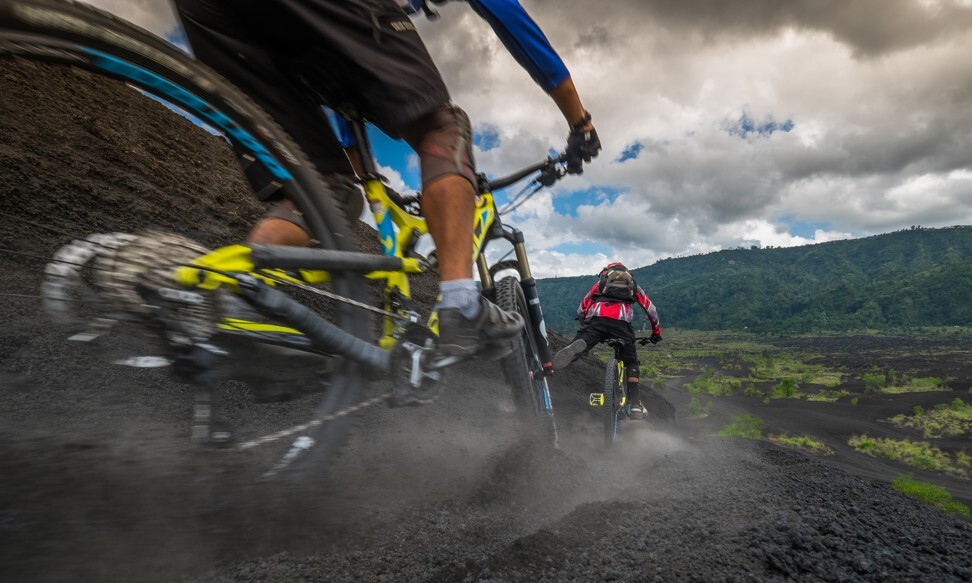
How to go mountain biking and bike touring after coronavirus, the gear you need, and four of the best cycling adventures in Asia
- Base the bike on the cycling trip you want, think about the terrain you’ll be riding on, and keep your gear as multifunctional and lightweight as possible
- Nepal has great mountain bike trails, Taiwan can be circumnavigated by cyclists of all levels, and China has tough and spectacular rides to try
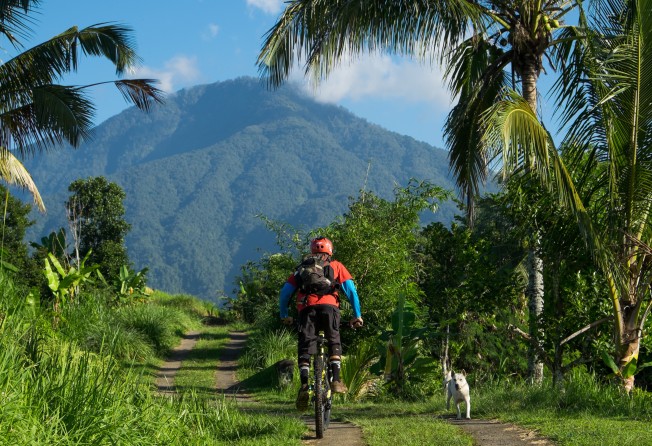
When lockdowns end and borders open up, many of us will be raring to hit the road, so now is a great time to plan an epic bike trip.
This could mean cycling around the world solo, taking on the biggest and most brutal climbs in Asia, or something in between.
Either way, planning these trips can be intimidating, especially in an era when we are bombarded with too much information about how we should do things and all the gear we need.
This can be overwhelming and cause us to put our cycling dreams on the back burner. Here we break things down into manageable steps and get you past the start gate.

All you need to get started
A large proportion of bike adventurers are not dedicated cyclists. Many are just regular people in search of adventure. A reasonable level of fitness and a reliable bike are the prime ingredients for any cycling adventure. It really does not pay to overdo technical gear.
The bike and gear you need will be determined by the trip. If you are riding on silky smooth flat roads from hotel to hotel with your bags being transported, that’s a very different scenario compared to a solo traverse of the Himalayas.
For basic place-to-place unsupported bike tours in warmer Asian climes, a simple and functional mountain bike without rear suspension (and as lightweight as you can afford) is a great starting point. Slick or semi-slick tyres will make the road miles pass much faster. Make sure you renew the chain, rear cassette, brake pads and cables before setting off.
It is also wise to have spare gear and brake cables, brake pads, inner tubes and repair patches (plus a spare a tyre for long trips). A basic multi-tool and pump plus a little knowledge of how to use them are also essential.
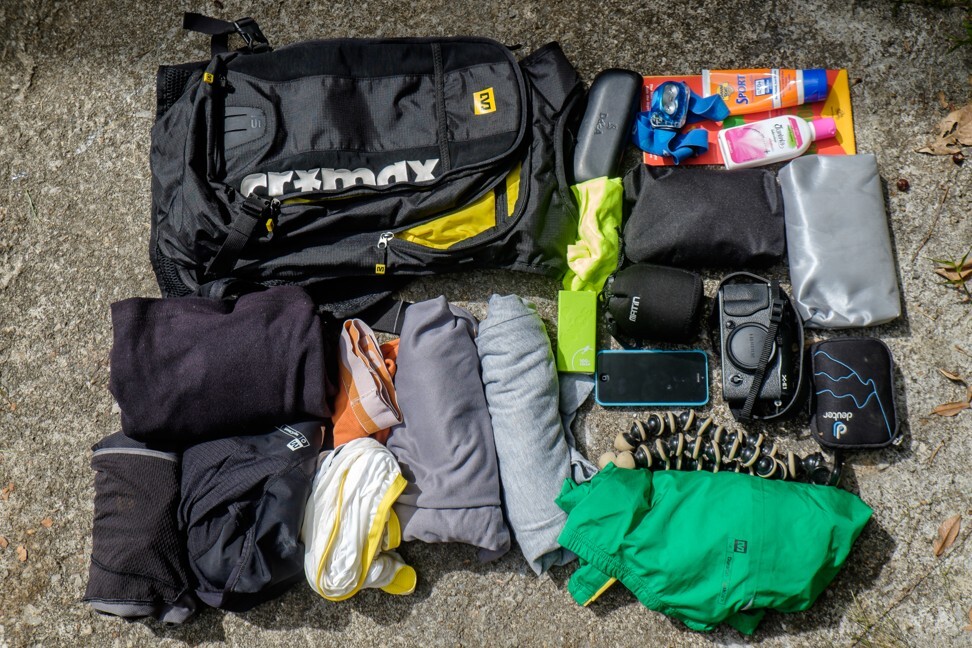
Try to keep your gear as multifunctional and lightweight as possible, especially your footwear (one pair of shoes plus some sandals).
Decide whether you really need to carry camping gear and a stove before setting out; in many parts of Asia, it’s easy to plan your rides between towns with lodging options. This approach makes the riding much faster and easier, and also enables you to cover greater distances – if that is your aim.
You can find detailed gear guides on bikepacking.com and at bicycletouringpro.com.
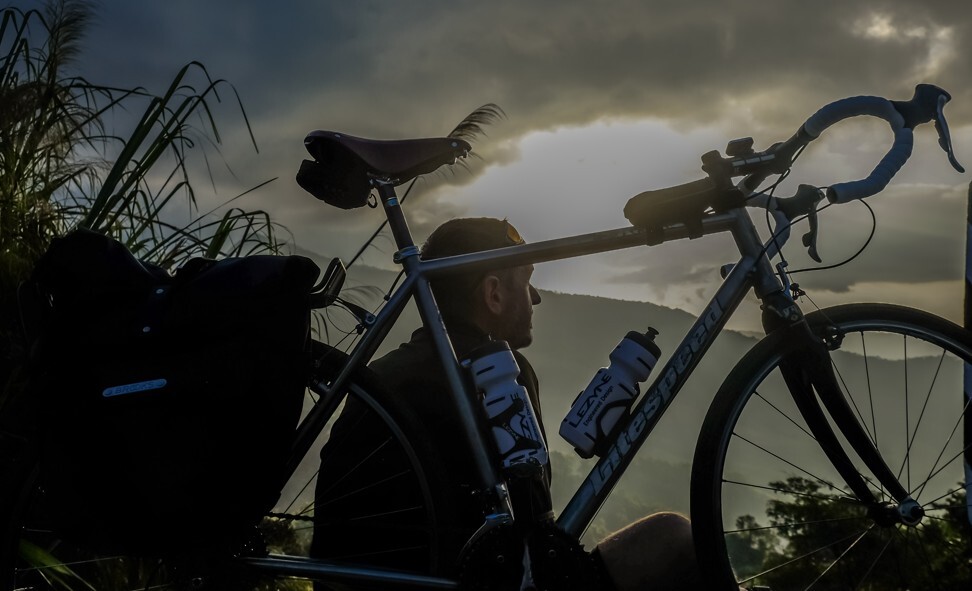
Mode of travel
Bike touring – where you carry your camping gear and everything you need – is very much at the core of bike travel. It’s a slow and laid back style of travel which is ideal for remote and longer adventures, and it’s well suited to first-timers too.
For touring you should invest in a decent rear bike rack plus rear panniers or similar gear-carrying bags. This is one area worth investing in, as racks and bags will get a serious pounding over time. Ortlieb arguably makes the best panniers, but there are many less pricey options around (found online or at stores such as Decathlon). Always go for waterproof bags.
Bike packing is a sexier rebrand of ultralight touring, where you carry just the bare essentials, cover greater distances and sleep either under the stars or in hotels. This method is ideal if you want to travel very light and cover longer distances.
Supported and centre-based trips take away all of the hassle: they are often guided and packaged, so you do not need to worry about planning and carrying your gear along. They often cost more, however, and are less intrepid in nature.
Remember that most routes you find online have been ridden and detailed by someone who only passed through one time, and not by locals who know the region much better
Route planning and preparation
The internet is a great place for researching and planning bike trips, although much of the information out there can also lead you to assume that the routes, and ways of tackling them, are all that is possible.
If you’re planning a self-supported tour trip, the best advice is to keep things very flexible and open. Try not to stick to someone else’s strictly etched itinerary, or aim for excessive distances.
Many bike travellers are on a personal mission, which can mean riding on dangerous roads and in suboptimal conditions. This is a matter of individual choice, but it is essential you take your time and factor in contingency days for bad weather, illness, and bike issues. Also, having some flexibility to discover different routes and regions will make the experience more enjoyable.
Remember that most routes you find online have been ridden and detailed by someone who only passed through one time, and not by locals who know the region much better.
One way to get decent route information is to check organised tour options. They usually only give basic route details, but you can also see where the transfers are. These will give you an idea of which roads are better to take by local transport if you can, plus their scheduling is also good for judging when to go.
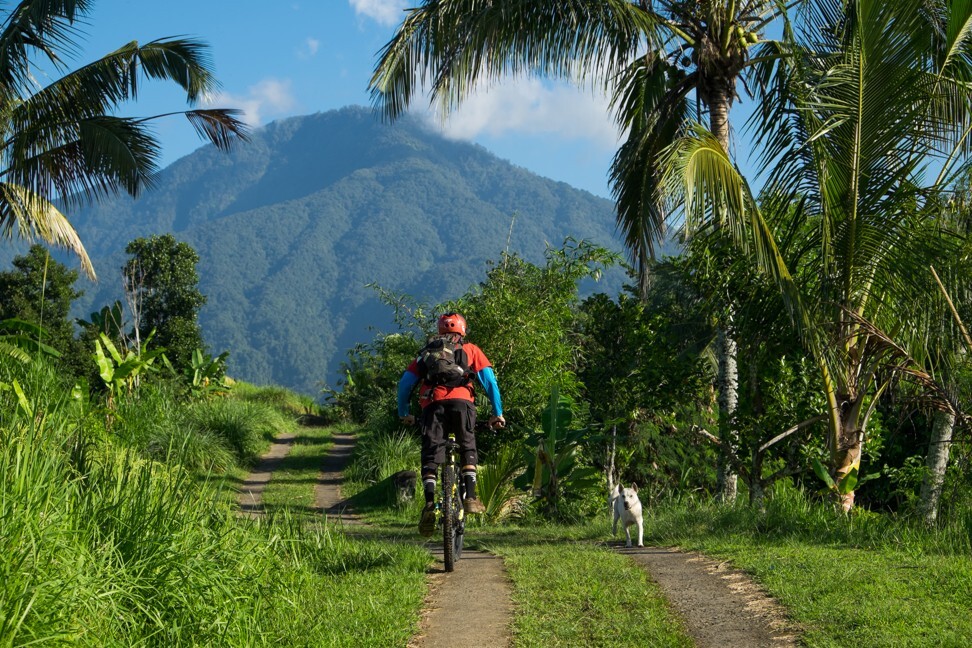
The www.bikepacking.com website is a good source of route information, although its Asian options are a little sparse, and some of the rides are not ideal for first-time cyclists.
The maps.me app and website are two of the best for route planning, and you can download regional maps free of charge. Their maps are often more up to date than Google Maps, and you can search for and find many detailed routes on them too, including numerous Asian tours.
Ride With GPS and Komoot are good apps for planning routes, and there are many well-documented touring and bike packing options listed on them.
Trailforks is also a good app for finding shorter mountain bike routes.

When to ride
One of the biggest mistakes bike travellers make is travelling at the wrong time. The monsoon or rainy season varies in Asia, and is not a good time to ride, as many routes will be inaccessible, and the same goes for winter.
There is also the annual burning season to contend with in many Asian regions. This is a terrible time to ride, so do research this by specific region.
National and school holidays are best avoided, as not only can flights and accommodation be pricey, but the roads can be deadly at these times.
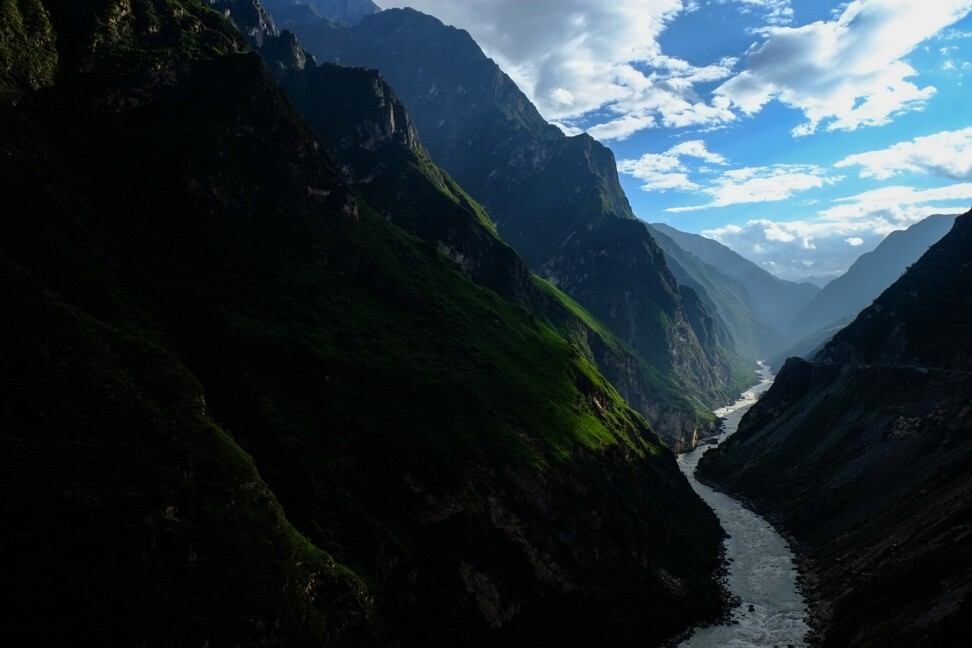
Four fabulous Asian bike adventures
Nepal: Unlimited mountain bike adventures are to be found around every corner in Nepal. Pokhara makes for an ideal base for a sortie to Lower Mustang, which is an absolutely classic adventure. Website: www.nepalmountainbike.com
Taiwan: A paradise for cyclists. Try the 968km-long Route Number 1 for a circumnavigation of the island; it is well suited to cyclists of all levels. Website: www.taiwanbike.iot.gov.tw
Mae Hong Son Loop, Thailand: One of Asia’s toughest road bike tours. The loop starts from Chiang Mai and then heads west to Pai, Mae Hong Son and Mae Sariang before returning via Doi Inthanon to Chiang Mai.
There are a few variations for the second half of the route. The distance is between 650-750km, depending on route choice. This is a multi-day trip which is best undertaken bike-packing style or with support over 7-10 days.
The road to Shangri-La, China: The ride from Tiger Leaping Gorge to Shangri-La (formerly called Zhongdian) may only be around 200km all in, but it is one of the toughest and most spectacular in China.
Avoid the main road and ride through Tiger Leaping Gorge to Haba village and past the Baishui Water Terraces, then descend to Shangri-La (2-3 days of hard riding).